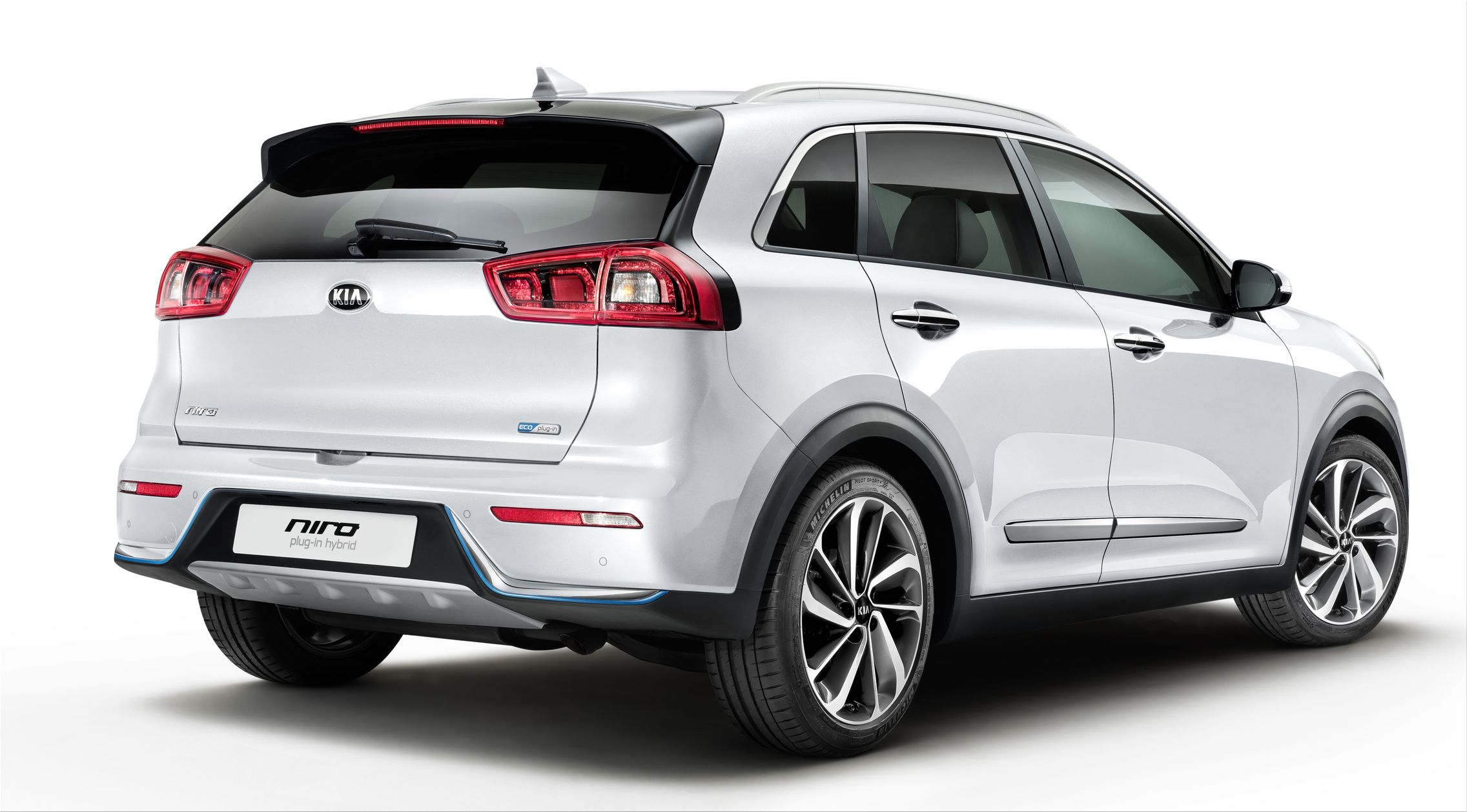

When the battery is fully discharged, the BMW TwinPower Turbo engine automatically takes over. Plug-in-hybrid-electric vehicles (PHEVs) are the bridge between traditional gasoline vehicles and strictly battery-powered electrics. In this way, for example, it is possible to use Battery Control Mode during a drive on the highway to protect or even increase the electric power reserves so that a subsequent urban route can be covered with electric driving and without any local emissions.Įven if you don’t have time to catch a charge, your PHEV will still get you where you need to go. The hybrid plug-in runs on its battery-powered electric motor until it is drained, and then it switches to its gas-powered engine. This mode maintains the charge of the high-voltage battery constantly at the desired level or increases it to the preset value, by having the electric motor function as a generator. In addition, charging can also take place during the journey with the function known as Battery Control Mode. Regenerative braking allows the plug-in hybrid to regain part of its energy. Without charging, all-electric driving will be limited, and power reserves for the eBoost function will be much lower. For optimized efficiency, BMW recommends regular charging overnight.īMW plug-in hybrids can also charge while driving. Get to know how the technology of switching between an electric motor and a petrol engine works here. Mild hybrid technology optimizes efficiency and performance while increasing overall comfort for the driver.Ĭharging the battery of your plug-in hybrid vehicle is highly recommended to maximize efficiency and power. Explore the plug-in electric Hybrid (PHEV) Jaguar.
#PLUG IN HYBRID CODE#
1 To explore your potential savings, enter your ZIP code below. EV Owners may be elegible for a range of state, local, and utility incentives and other long-term benefits. all-electric range 34 miles Standard 261 hp Disclaimers Exterior Interior Save now and down the road.
#PLUG IN HYBRID FULL#
While MHEVs cannot be driven on full electric power, the electric motor assists the combustion engine in certain situations – as a starter for seamless Auto Start/Stops, while accelerating from a standstill, or when you need extra eBoost acceleration as you drive. The all-new 2023 Sportage Plug-in Hybrid EPA-est. The first-ever Mazda CX-90 Plug-in Hybrid Electric Vehicle (PHEV) was designed as the ultimate expression of everything Mazda stands for. This limited power supply is not designed to support all-electric driving, and the smaller battery delivers fewer of the efficiency benefits of a plug-in hybrid electric vehicle.Ī mild hybrid electric vehicle (MHEV) is powered by a combustion engine supported by a 48V electric motor integrated into the drivetrain.
#PLUG IN HYBRID DRIVER#
In addition, the driver also has the option of using the combustion engine in tandem with the electric motor or independently.Ī hybrid vehicle, by contrast, cannot be charged from an external power source – they rely on energy generated from gasoline or regenerative braking. The batteries in plug-in hybrids can be charged using a standard 120V household outlet, or a more powerful 240V outlet found at a public charging station or in the available BMW i Wallbox. The larger battery size enables plug-in hybrids to operate in all-electric mode without engaging the combustion engine within a certain range and speed.

#PLUG IN HYBRID DRIVERS#
While the Tiguan eHybrid will appeal to company-car drivers and those looking for a stepping stone towards their first electric car, its powertrain isn’t as accomplished as its rivals, and its £37,000 starting price is relatively high, preventing it from becoming a class leader.A plug-in hybrid electric vehicle carries a larger battery than hybrid vehicles that cannot be plugged in. The most popular style is the Plug-In Hybrid X-Line Prestige AWD, which starts at 44,515 and comes with a Plug-In Hybrid 1.6L I4 Turbo engine and All Wheel Drive. The smaller rims on the entry-level Life version may improve things, but even on the bigger wheels, the Tiguan's refinement is impressive for a car in this class. We also found the ride harsh in our R-Line test car, but we suspect that was down to its 20-inch alloy wheels. But the car is seriously let down by a lethargic gearbox, which is extremely slow to kick down when overtaking, or to engage when pulling away. The Tiguan eHybrid also handles the transition from electric to petrol power quite smoothly, unlike some other plug-in hybrids, and offers decent performance. The plug-in Tiguan will also appeal to company-car drivers thanks to an 12% Benefit-in-Kind (BiK) tax rate – around a third of what a diesel version attracts. There's space in the back for three adults and the boot is well shaped, even if the battery does rob 139 litres from the standard car's figure, leaving a respectable 476 litres.


 0 kommentar(er)
0 kommentar(er)
